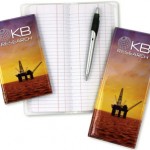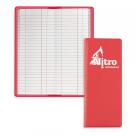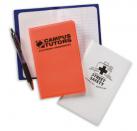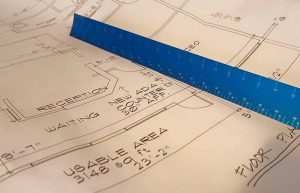An architect scale ruler with your company logo has more uses than you may have realized. Your customers need architect rulers. Here are 5 important uses:
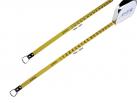 w906a Architects scale Lufkin tape
w906a Architects scale Lufkin tape
- To help new homeowners read the blueprints for a house that was designed for them. They can easily see if certain rooms will be large enough for their furniture.
- Carpenters can easily find the sizes of lumber that they need to order for the job.
- HVAC contractors can calculate the size and amount of sheet metal they need to install the furnace and air conditioning.
- Excavators can see the exact location and size of the footers they need to dig.
- And of course, architects use these rulers continuously in their day to day work.
